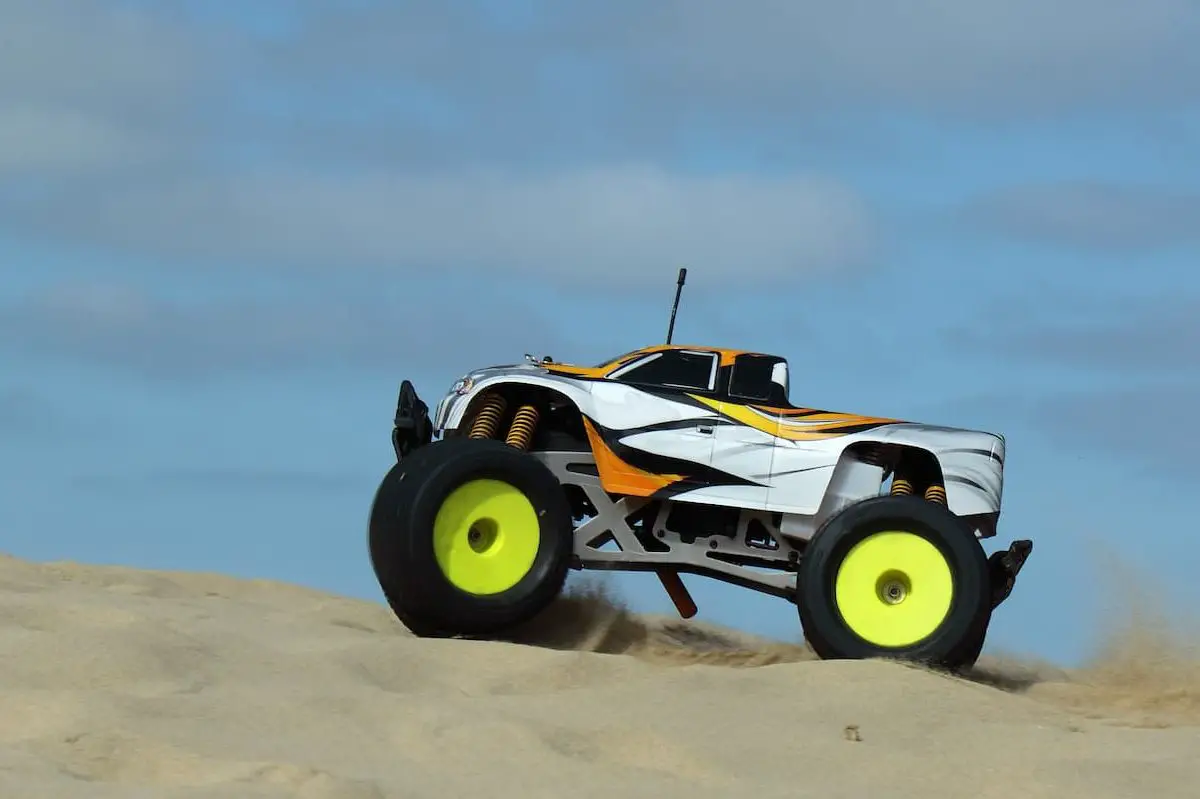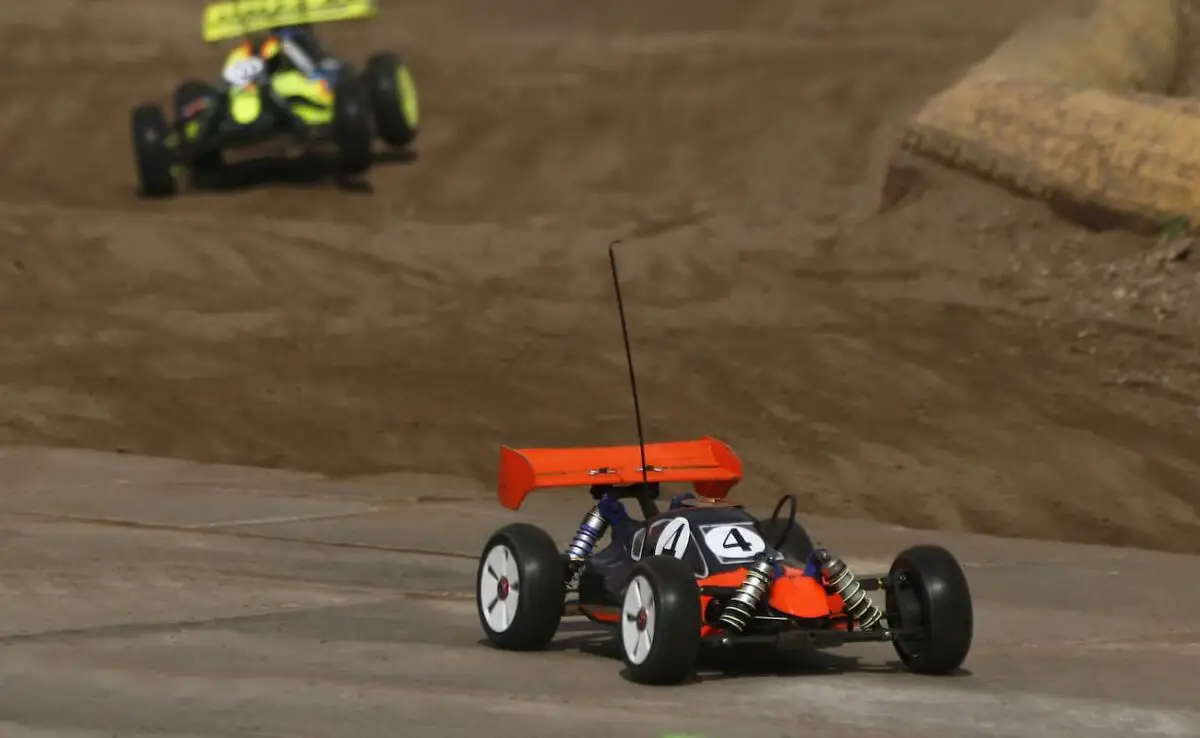Before buying a radio-controlled car, it is important to know the basics. Several components will affect the performance and handling of the car. A poor radio system can compromise the model’s handling.
There are many types of radio systems, each of which is designed to achieve different goals. High-powered radio systems will help avoid interference and will allow for faster and more accurate movement.
Here’s a look at the most important features of a radio-controlled car.
2.4 GHz frequency
A radio-controlled car uses the 2.4 GHz frequency to communicate. This frequency is wider than most other radios, enabling dozens of vehicles to communicate at once. It will not interfere with other radio equipment in the same space.
Narrowband radio control systems work like regular radios, emitting a receiver hint and transmitting it to a server. In most cases, this will eliminate interference and provide a faster speed.
The 2.4 GHz frequency is not a factor in the actual speed of the RC car, but the radiofrequency itself. The speed of the car is determined by a transmitter command and a receiver’s reception of this signal.
There are many factors that determine the actual speed of an RC car, but some manufacturers do mention a maximum speed. Others use speedometers or speed guns to determine the top speed.
The 2.4 GHz frequency is also compatible with various transmitters. This means that any receiver can be compatible with any radio-controlled car that uses the same frequency. Moreover, this frequency range is also more reliable.
Modern radio control systems use frequency hopping, which can cause interference with WiFi and video. Instead of changing crystals or selecting a specific channel, these systems communicate with each other using the software.
This technology is based on 2.4GHz Digital Spectrum Modulation (DSM) radio-frequency.
Servo motors
Servo motors in radio-controlled cars work by sending a pulse of variable width through a signal wire. The pulse’s width, duration, and repetition rate are called its parameters.
These parameters control the amount of rotation the servo can make in both clockwise and anti-clockwise directions. A neutral position, or the amount of rotation that the servo can make in any direction, is determined by the limits of the servo’s rotational potential.
It is important to note that the servo’s neutral position may differ depending on its design, but the time taken to complete a full turn is around 1.5 milliseconds.
Another important consideration when deciding on the type of servo to use is the refresh rate. Some servos can be run at low refresh rates, while others can’t.
In order to set the correct refresh rate for the servo, it is important to first understand how servos work. A fast servo can operate at a low refresh rate, while a slow servo can only operate at a lower refresh frequency.
Servos in radio-controlled cars are usually powered by a battery pack and an electronic speed controller. The controller may have a built-in or separate BEC. Common battery packs are NiCd, NiMH, and lithium-ion polymer.
The voltage of the receiver depends on the type of battery pack used. Typically, they operate at 5 or 6 volts. Servo motors are complex electronic systems, that require the expertise of a skilled electronics engineer.
Servo ports
The servos in a radio-controlled car are attached to the chassis via servo ports. They need precise pulse widths in order to operate. These pulses vary slightly from 20 mSec to one and two mSec.
You can generate servo control signals from your microcontroller with Pulse Width Modulation hardware. When the pulses vary from one to two mSec, the common servos should rotate around 90 degrees.
When the pulses are between 1.5 and 2 mSec, the servo should be at the center of its mechanical range.
When buying a radio-controlled car, make sure you buy one that comes with the correct servos. You can find servos for the car at your local model shop.
Make sure to ask your dealer about the proper servos for your car before purchasing them. The best way to find a suitable servo is to look for a model with servo ports labeled B, C, D, and G.
If you choose to use servos, make sure you use a power supply capable of supplying 5V. A 4-cell battery pack is safe for servo power. For the P16 servo port, you should use a power supply of 6 to 9V.
If the power supply is too low, you may need to change the jumper settings on the servo port to regulated 5V.
The scale of a radio-controlled car
When deciding which RC car to purchase, it is important to understand what scale it is. RC cars are miniature replicas of full-size vehicles.
Because of their size, RC models are made to be scaled down to a very precise level. A 1:24 scale car is about one-fourth the size of a Lamborghini, while a 1:12 scale buggy is about twelve times smaller than a real-life buggy.
RC cars come in various scales, which refer to their size in relation to their full-sized counterpart. The most common size is 1:12, which is one-eighth the size of a real car, then there are the 1/8th scale cars that are smaller than this, while 1/16 scale cars are about a fifth of the size.
RC vehicles are sometimes measured by the scale, so knowing their size can be confusing. There are some exceptions to the scale rules, but most vehicles are legal and safe for outdoor use.
While gasoline RC cars are not the fastest, they are often the most durable and can carry heavy equipment, like cameras or machine guns. Because gasoline is the most durable type of radio-controlled car, gasoline-powered models are the best choice for racing.
The fuel tanks are larger on gasoline RC cars. It’s important to know the scale of your vehicle to ensure that it’s suitable for your intended use. The scale of a radio-controlled car can also affect its price.
Mechanical wear
RC cars can suffer from mechanical wear over time. While some drivers would love to have every ounce of performance possible, others are just happy to have lubrication on hand.
For both, WD40 or other light oil will do just fine. Simply place a small amount on a cloth or paper towel and apply to any worn parts. Once dry, lubricate the components as needed. If the problem persists, contact an RC repair shop.
If the mechanical wear is in the electronics, the most obvious place to start is with the transmitter. To check for faulty servos, open up the transmitter, and look for the circuit board. Most transmitters use plastic hooks instead of metallic screws.
Occasionally, a faulty servo can cause problems in the car. If you suspect this issue, replace the servos with new ones. Then, check the circuit board for signs of mechanical wear.
The steering system is another area that commonly shows signs of wear. The steering gear works in tandem with the servo to steer the vehicle. If it is not aligned properly, it will be difficult to steer.
Another common symptom of gear wear is the inability to steer the car. It may also make grinding or gnashing noises. The wheels may also appear to be spinning in an uncontrolled way.
Maintenance
One of the most important things to remember when maintaining your radio-controlled car is the need for routine maintenance. If your car does not run smoothly, a simple check-up may be necessary.
For instance, shock fluid should be changed if necessary, and the driveshafts should be cleaned thoroughly. It may help to remove the driveshafts from the car and wash them down with a cleaning solvent.
RC cars are notoriously hard to maintain, so regular maintenance is essential to prevent problems with your vehicle.
First, check the ESC, which is a small board with four or more traces. These traces should be black and appear as small chips. Check the positive and negative motor outputs using a voltmeter to ensure continuity.
If they are broken, replace the ESC. If you suspect that the ESC has burned or failed, you can test it by removing the ESC and checking the positive and negative motor outputs with a voltmeter.
Next, check the transmitter and make sure it’s working properly. The radio system sends signals to the receiver via a wireless connection. Check that the radio system is switched on and off before putting the car into drive.
Never turn off the transmitter while the car is running. It may stall when accelerating or spin the wheels when the breaks are engaged. To prevent these problems, perform regular cleaning and maintenance. Check the wiring to ensure that there are no loose connections or faulty wiring.
Helpful Links
For all your RC Questions, Click HERE
If you are interested in RC cars and trucks, RC World has you covered.
For RC boats and watercraft, check these articles out.
For all your RC Airborne endeavors, we have everything you need.
Outfly the Competition: How to Choose the Right FPV Goggles for Your Racing Drone
Drone racing has become a popular and exhilarating sport, with pilots flying their drones at high speeds through challenging courses. One of the key components for a successful…
What Is FPV Racing? A Deep Dive Into The Future of Racing Sports
Embracing new innovations in technology and competition, FPV (First Person View) racing is a growing sport phenomenon making waves in today’s digital world. This fusion of high speed,…
Master Electric Skateboard Remotes
The rise of electric skateboards has transformed the urban commuting landscape, offering a blend of convenience, speed, and eco-friendly transportation. At the heart of this transformation is the…
The Exciting Rise of Eco-Friendly E-Bikes: A Glimpse at Sustainable Transport’s Future
As global climate change persists, people from all walks of life are seeking more sustainable ways to travel. One solution gaining traction is the eco-friendly E-bike. These technologically…
Top Electric Skateboards for Every Skill Level – Find Your Perfect Ride!
The electric skateboard wave is swelling, and surfers of the concrete sea are eager to catch the thrill. Whether you’re looking to dip a toe in the water…
Why Choose to Upgrade Your RC Car to a LiPo Battery
You might have heard of LiPo batteries that has taken the tech world by storm. As a RC car owner, the battery is understandably half of your concern….
Pushing Performance Limits [ Maximizing Cheap RC Cars ]
Top tier RC cars can be pretty expensive. Not everyone has the luxury to invest loads of money on a good quality RC car. But, you’re a RC…
Essential Guide to Electric Skateboard Brakes
Electric skateboards are revolutionizing the way we move, adding a futuristic edge to the timeless thrill of skating. At the core of this evolution is the development of…
Level Up Your Hunting Trip with an E-Bike Adventure
Imagine effortlessly traversing rough terrains, exploring farther distances with lesser effort, all while pursuing the thrill of the hunt. Welcome to the non-traditional world of e-bike hunting trips,…


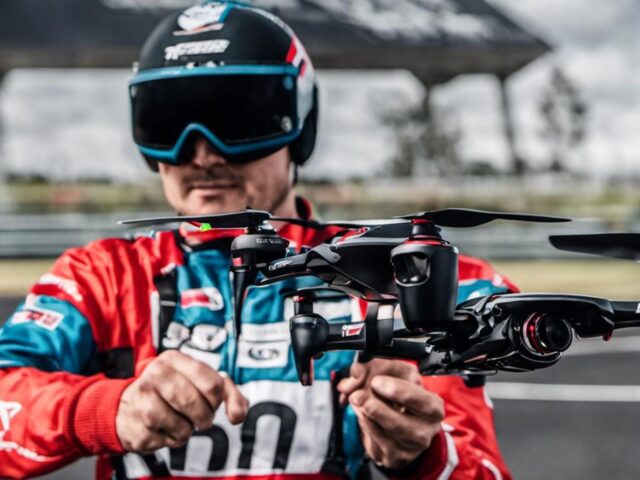



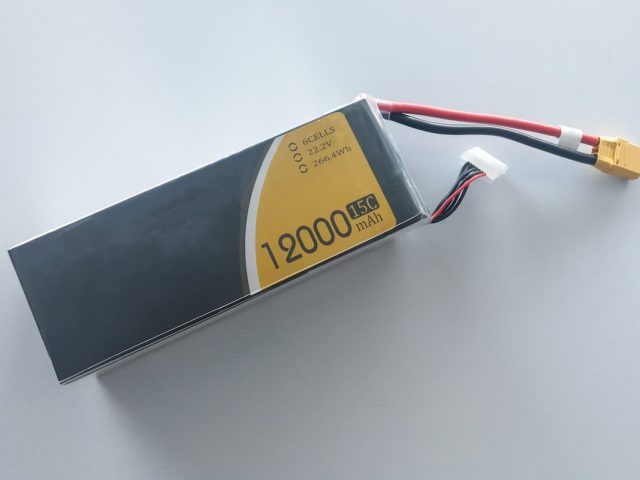
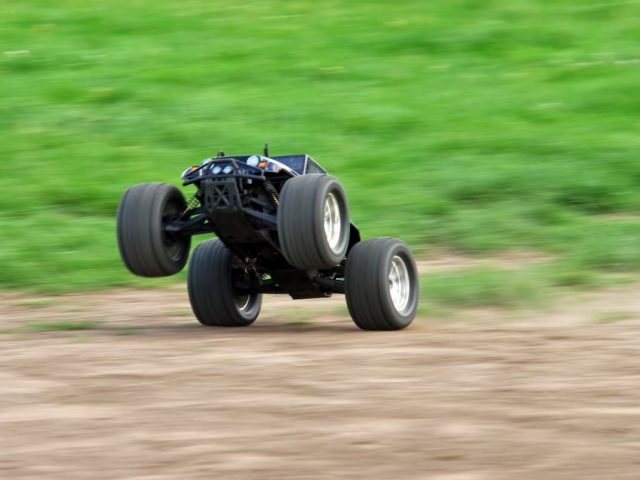
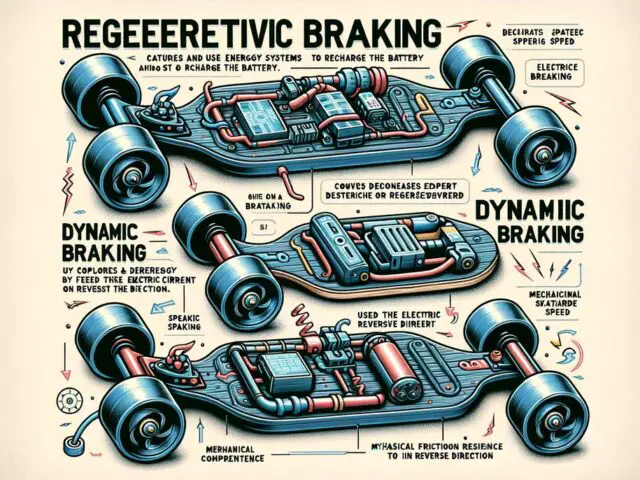

![Why Choose Nitro RC Cars [ Complete Newbie Guide ]](https://radiocontrolledworld.com/wp-content/uploads/2021/03/Nitro-RC-Car-Fun-e1615074022654.jpg)
